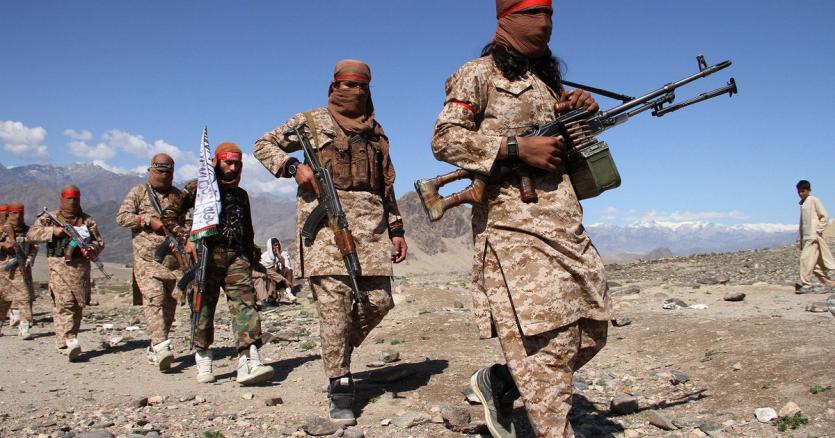Taliban fighters attend a gathering to celebrate the U.S.-Taliban deal in March 2020. Photo:Getty/Nur
The World Daily | News Desk AUGUST 17th 2021
The Taliban took Kabul on Sunday. With their seizure of power in Afghanistan, there are growing concerns about a possible return to the hard rule they exercised in 1996-2001. The American newspaper "New York Times" analysed the scenarios of the rule of rebel groups that may now be repeated in Afghanistan.
According to the New York Times, it is impossible to say with certainty what will happen in Afghanistan after the Taliban formalizes its rule. "New governments, especially those established by rebels, may behave in surprising and unpredictable ways," wrote the NYT. The newspaper noted that the Taliban were not the first rebel group to seize power, and although "no two cases are exactly alike, certain patterns of behaviour have recurred in modern history."
The New York Times outlined three scenarios that have occurred in the past and that the newspaper says could happen again in Afghanistan. "All three schemes have a common goal: consolidation of power, which is almost always the greatest difficulty for rebel rule. Insurgents could take over ministries and defeat government forces, but that's not the same as governing or gaining public support," the New York newspaper said.
Scenario 1: Purges in Afghanistan
"The new rebel government, focusing on fears of being dismissed as unlawful, undermining by those who remain loyal to the old order, or being challenged by other participants in the rebellion, carries out large-scale purges," according to the New York Times, this is how actions can go according to the first scheme.
As an example, a New York newspaper cited the events that took place in China after the seizure of power by Mao Zedong's communist militants in 1949. When the rebels captured Beijing and proclaimed the People's Republic of China, "one of their first initiatives was to imprison or exile those accused of supporting the old nationalist government." "Mao's purges, however, went far beyond targeting entire social classes that the communists saw as potential sources of opposition," the NYT wrote. The newspaper added that one of such classes were landowners, who were considered sympathizers of the Chinese right, who were imprisoned in labour camps or lynched with the help of poor villagers.
Decades later, Cambodia experienced the most extreme example of social purges. After the Khmer Rouge took power in 1975, entire cities were displaced to the countryside. The new government then decided to murder millions of people belonging to social or economic groups who were considered loyal to the previous government, including businessmen, journalists, civil servants, lawyers and students, but also representatives of certain racial or religious minorities, the NYT wrote.
The New York Times also drew attention to what happened to Vietnam after the war. "In 1975 ... the Vietnamese communists imprisoned or murdered hundreds of thousands of civilians who were accused of supporting the American-backed South Vietnamese government," the newspaper reads. According to a New York daily newspaper, many people in Afghanistan fear that such a fate could threaten the hundreds of thousands of people who have collaborated with the Afghan government.
Scenario 2: Mass Emigration and Social Change
According to the New York Times, Vietnam is also an example of another pattern that could repeat itself in Afghanistan. As the offensive of the communist forces progressed, civilians left their homes, fearing reprisals. They first relocated to large cities such as Saigon (now Ho Chi Minh City), and then many of them migrated outside the country. It is estimated that about a million people tried to escape from the country by sea, of which between 200,000 and 400,000 did not survive the journey - wrote "NYT", citing data from the United Nations.






